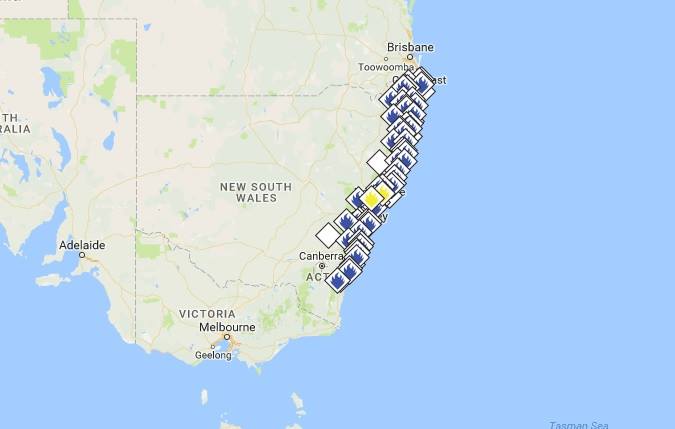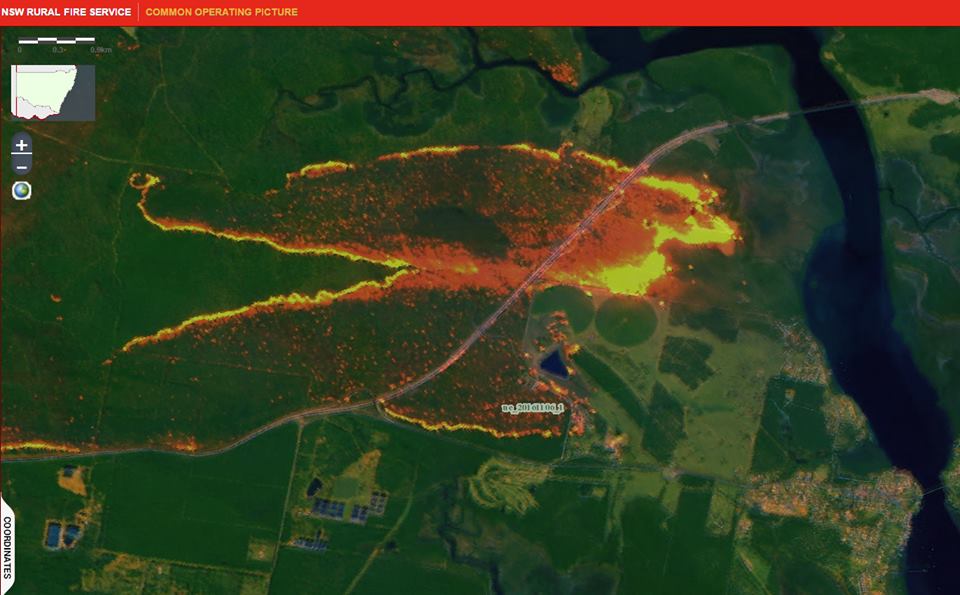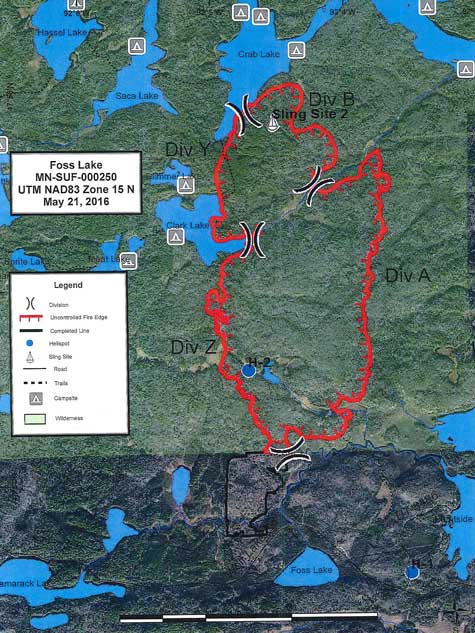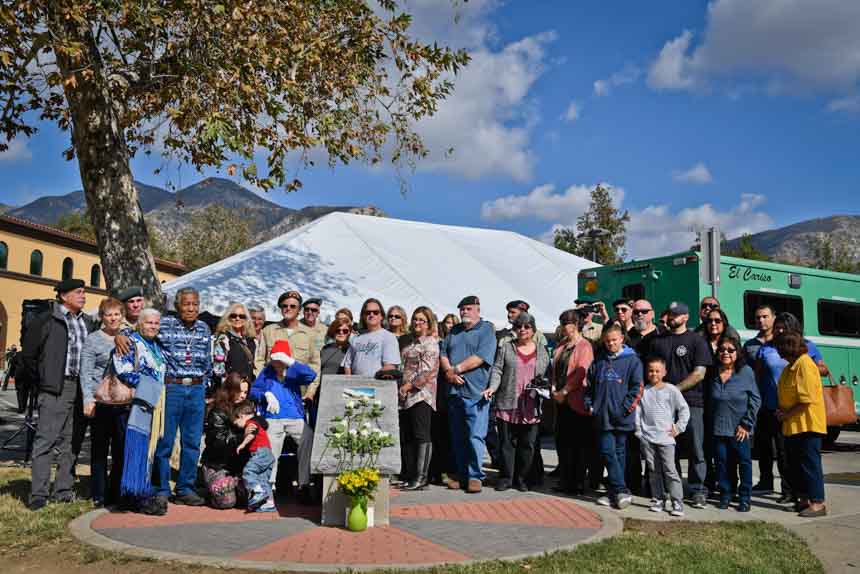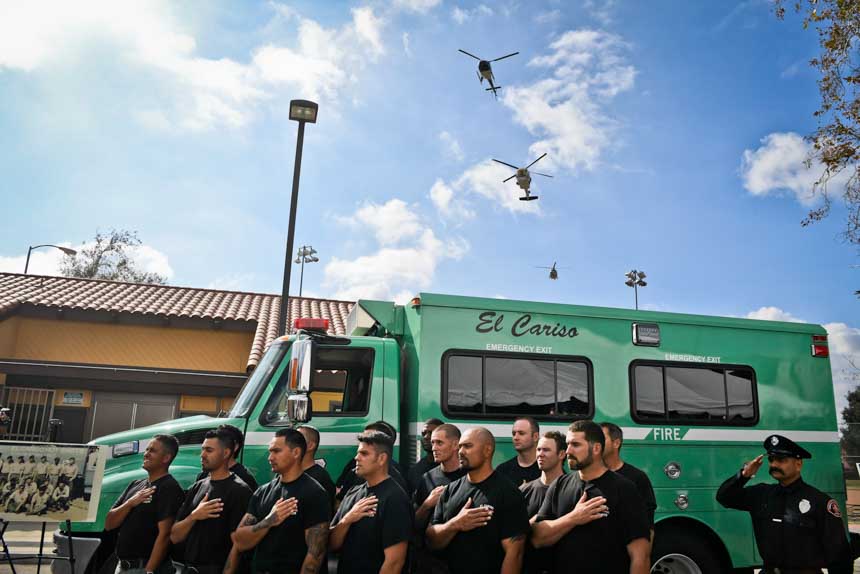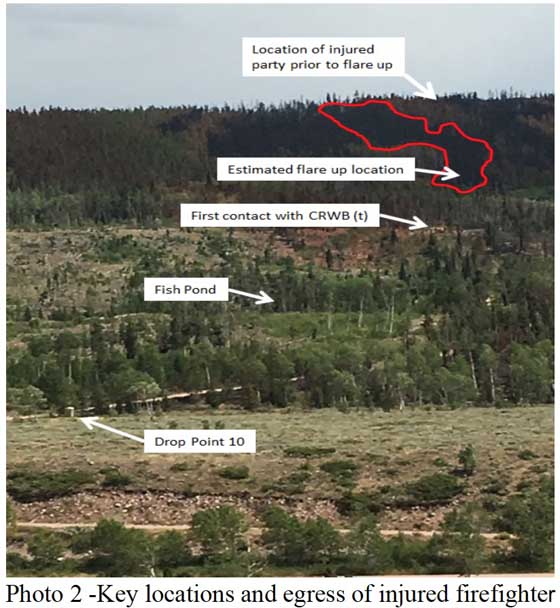Last month a firefighter suffered serious burns when gasoline forcefully vented while he was removing the fuel cap on a Stihl MS461 chainsaw.
The incident occurred October 10, 2016 (we first reported it here) on the Pingree Hill prescribed fire near Rustic, Colorado. For years the land management agencies have been warning firefighters about the dangers of gasoline being forcefully released from chain saws. Some of these incidents have occurred with saws that have the new quarter-turn gas caps. After a chain saw has been running for a while pressure can build up in the gas tank causing vapor lock, which can prevent the saw from running. Thinking it may be out of fuel, the operator opens the quarter-turn gas cap and the pressure in the tank forces out fuel and vapor. If there is an ignition source nearby, it can quickly ignite and cause very serious injuries.
Below is an excerpt from a report issued about the October 10 incident. We pick up the narrative as the saw team is finishing a break:
…After roughly fifteen minutes, the sawyer sizes up the second snag and identifies a rock adjacent to the tree that he can stand on to make his cuts. He enters the burned area, steps onto the rock, and pulls on the starter cord. The saw starts but quickly sputters and dies, he opens the choke and tries again with the same result. After two or three more tries he thinks the saw may be out of gas. The saw is equipped with the newer “1/4 turn” quick release fuel and oil caps making it easy to simply flip the saw on its side and open the cap while remaining in a standing position. On older model saws with the threaded caps, this process involved using a scrench to loosen and unscrew the cap, making it difficult to open the tank without setting the saw down.
As he opens the cap the fuel sprays out in two distinct bursts spraying liquid and vaporized fuel on his stomach area and right arm. He quickly realizes this is a very dangerous situation… “I had an oh s*** moment!” The swamper looks, and notices fuel “boiling and bubbling” out of the fuel tank and sees open flame beneath the sawyer’s feet. He yells to the sawyer, but it’s too late. Fuel ignites from the ground, running up toward the saw and the sawyer. Immediately the sawyer’s nomex shirt ignites around his right arm and stomach area. He swings the saw to the left, drops it in the rocks, then sprints downhill through the black to the unburned area beneath the handline and drops to the ground. The swamper reacts and jumps on top of the sawyer and helps extinguish him by throwing dirt on the flames and rolling around to smother the fire.
Once the fire is extinguished the sawyer grabs a radio and calls the Supt. and initially gets no response. He calls the Crew Boss Trainee who responds immediately. The sawyer calmly states “I am burned pretty bad, code red, need an air transport, need to go to the hospital now.”
[…]
The patient is in good spirits and is recovering well but did say:
“The one thing I hope comes out of this is that people will give it one last second thought…before you pop the cap”.
The firefighter received 2nd and 3rd degree burns on his right arm and abdominal area.
The report says the extraction of the firefighter went smoothly, thanks largely to the incident within an incident training the crew conducts on a regular basis. About an hour elapsed between the injury and the helicopter taking off to fly him to the burn center.
